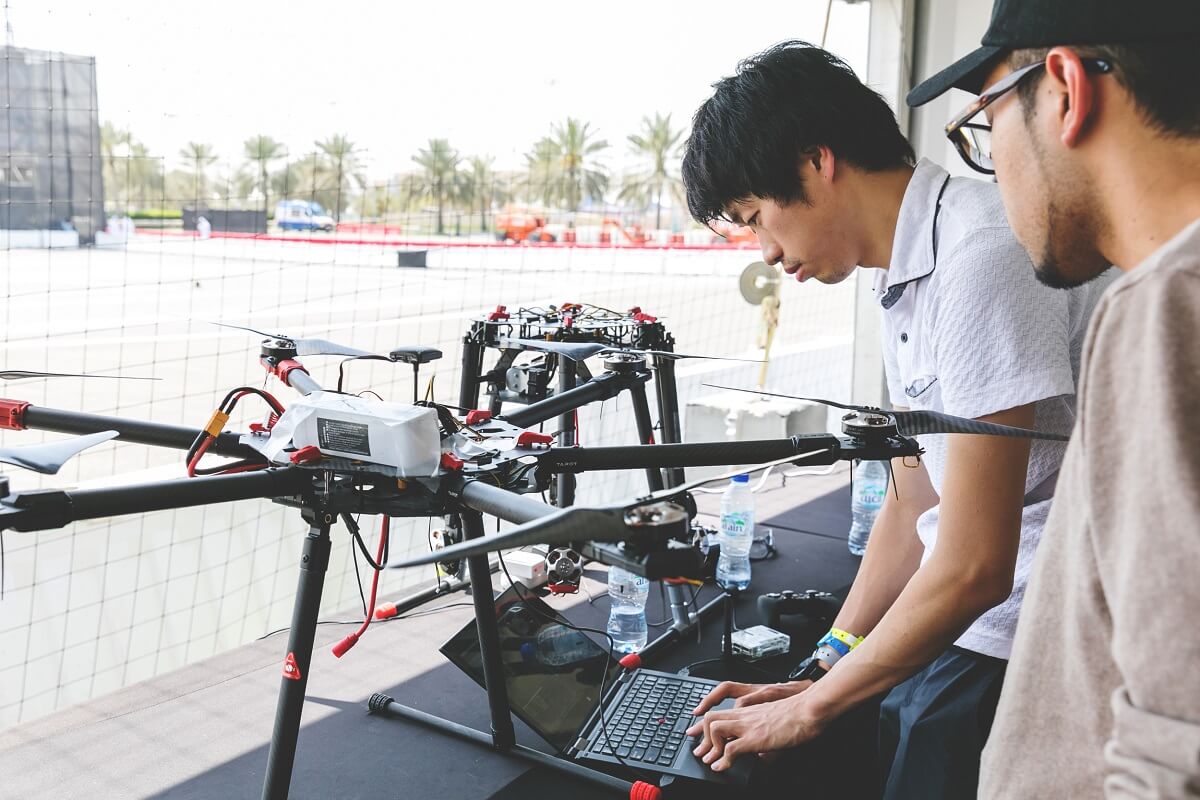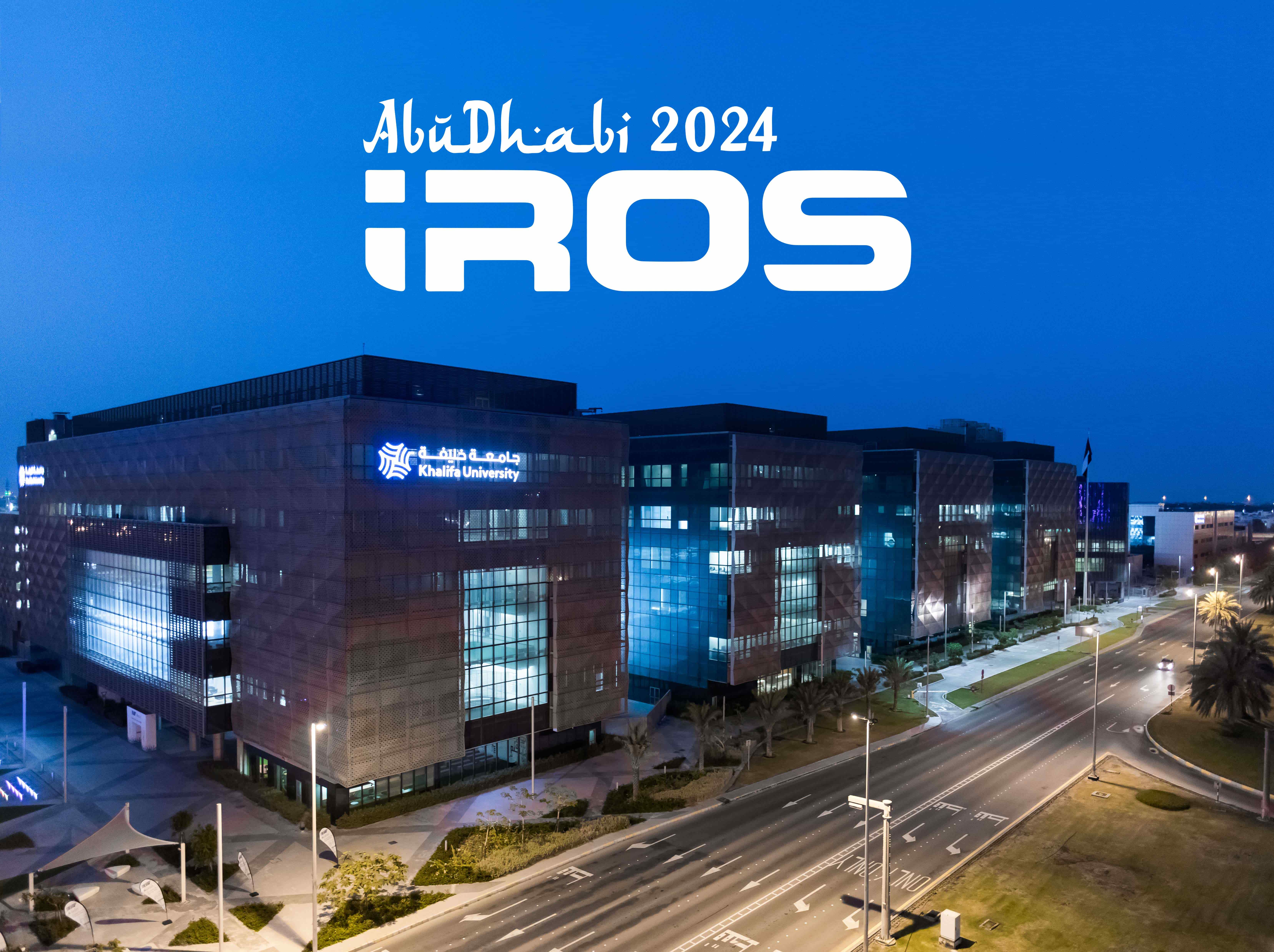
The first progress reports from teams competing in the Mohamed Bin Zayed International Robotics Competition promise an exciting tournament in 2020
For autonomous drones to be useful in tasks such as disaster zones or as first responders, they will need to be able to fly fast, far and without human oversight, often in environments where they can’t rely on external guidance systems like GPS. It’s this autonomy that’s the biggest challenge facing the teams competing in the 2020 Mohamed Bin Zayed International Robotics Competition (MBIZRC), as their drones take on three intense challenges and a final grand challenge combining all three in a triathlon.
MBZIRC 2020 will be based on autonomous aerial and ground robots, carrying out navigation and manipulation tasks, in unstructured, outdoor and indoor environments. The challenges are motivated by pushing technological and application boundaries in robotics.
To follow the teams as they develop their entries, progress reports are submitted to the MBZIRC organizers, with the first reports showing great promise for the 2020 competition. Teams from the Korea Advanced Institute of Science and Technology (KAIST), the Swiss Federal Institute of Technology in Zurich (ETH Zurich) and Carnegie Mellon University (CMU) are among many elite teams working hard in preparation for the challenges ahead.
How are teams preparing?
“After our successes at the inaugural 2017 MBZIRC, our team is leveraging our experience and in-house research results to revamp our team hardware, software and general approaches to achieve the best results,” said the KAIST team. “We are also leveraging our experiences in IROS Autonomous Drone Racing, where we have built a new drone that can detect the gates using machine learning and fly through them as fast as possible.”
Machine learning allows AI to train much faster than a traditional pilot. They say 10,000 hours of practice makes you an expert: a human would need five years of five eight-hour days a week. An autonomous drone can also fly more precisely by making subtle alterations to its flight path and use information from sensors that humans don’t have to work out its best route.
“We divide each challenge into a series of sub-problems,” explained the ETH Zurich team. “On the one hand, this allows us to delegate standalone projects to students, and on the other hand, we can profit from existing solutions for those sub-problems which we had tackled previously at our labs. Also, we can track which parts of the challenges we solved and which parts still need more work.”
This is where humans excel over drones—for now. Merging these sub-problems into one challenge is a human ability as people can sense the world, make decisions, and act on them in real-time, compared to autonomous drones which struggle to think this quickly.
“Our approach to the three challenges, as well as the grand challenge, focuses on robustness at all levels of the task executions,” said the team from the Carnegie Mellon University Robotics Institute. “Communication between the drones will be limited to high-level task information, such as task allocations, which block to place next, and how to divide the arena for exploration. The drones will also use sensory feedback to quickly detect when the contact state changes or when errors occur to react and recover accordingly.”
The next steps on the road to MBZIRC 2020
The first progress reports indicate that all teams are progressing well and are looking forward to exhibiting their achievements at the competition in 2020. Many of the teams explained that their next steps involve rigorous testing beyond simulations. The real world, where these autonomous drones will be expected to compete, can be an immensely noisy place, and many autonomous robots that excel in the lab struggle to translate that ability to a chaotic environment.
“Our students have already conducted significant work on each challenge. We have already developed and implemented a large number of algorithms and have tested the different components of each challenge in simulations and real-world experiments,” said the ETH Zurich team. “Now, we aim to improve each of them step by step and integrate them into a stable and robust system.”
“Our next steps will focus on the interaction controllers for performing the challenges,” said the CMU team. “At each stage, we will further optimize and edit the individual modules for speed and robustness to ultimately win the challenges.”
“We’re looking forward to this competition very much,” said Team KAIST. “We ranked fourth or fifth last time due to minor issues, and this time we hope to do better than last time. In the last competition, we found there are so many great teams all over the world that far exceeded our expectations. Therefore, this time, we are trying very hard to come up with a system that can not only fulfil the requirements, but fulfil it faster and better to get more points.”
Meanwhile, the competition organizers are following the teams’ progress with great anticipation.
“The Mohammed Bin Zayed International Robotics Competition is one of the most prestigious robotics competitions, reflected by its popularity and the number of teams participating,” said Dr. Lakmal Seneviratne, Technical Chair of the Organizing Committee and Director of the KU Center for Autonomous Robotic Systems (KUCARS). “These challenges are pushing the boundaries of autonomy in targeted applications with high societal impact and economic potential.”
Jade Sterling
News and Features Writer
25 August 2019




